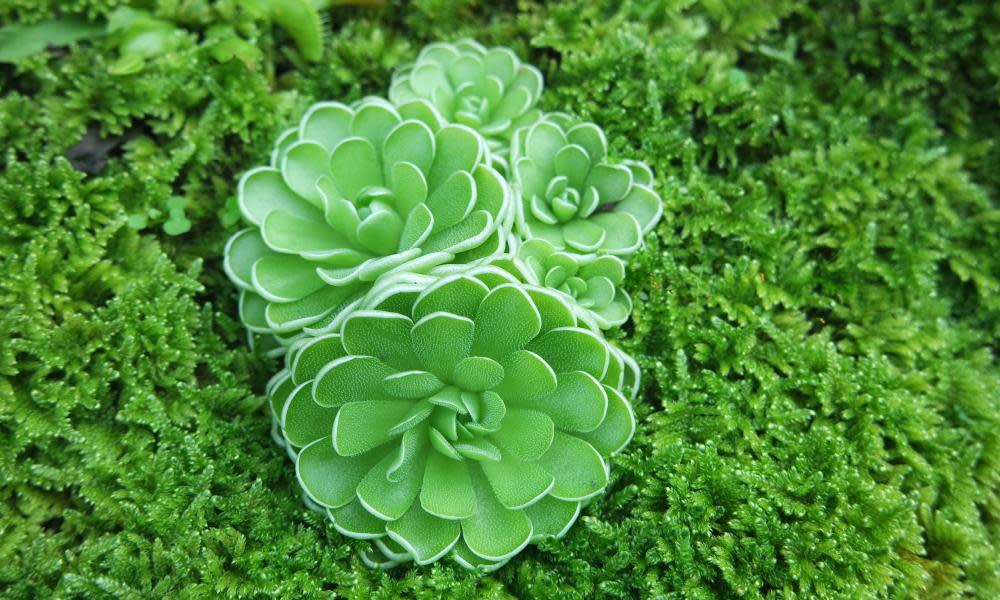Love in a microclimate: terrarium success

Getting together in the pub with my houseplant-mad mates, the conversation quickly turned to what indoor gardening trends we predict will unfold in the future. While there was some pretty fiery debate over some predictions (yes, this is what us botanists do in the pub), the one thing we were all unanimous on was that the fascination with terrariums was not just here to stay, but going to expand.
The one risk, however, is that so much advice on making terrariums –particularly online – is wildly inaccurate, and this can set newbies up for failure. As most of this misinformation centres on plant choice, I thought I’d introduce the best plant I have so far seen for terrarium culture, somewhat overlooked in the UK.
Most pictures I see of terrariums on social media are of cacti and succulents (which hate the low light and high humidity levels of sealed vessels), and newly rooted cuttings of large tropical plants (which will rapidly outgrow most terrariums in just a few weeks). Many of the pretty pictures you see are essentially just floristry arrangements that, while photogenic, are pretty much guaranteed to fail in a month or two. Over the years, I have been experimenting with species that are small enough to match the scale of tiny vessels in which they are contained, can handle the unique microclimate that comes with being sealed under glass, and have the wonderful architecture. The best plants are Pinguicula sp, also known as mini butterworts.
Let me explain. Pinguiculas are rosette-forming plants that hail from seasonally wet habitats around the world, but are mainly found in Latin America. They look like small flowers, a cross between succulent aeoniums and tree-dwelling bromeliads, and come in all sorts of incredible shades, from fresh apple-green to hot pinks and citrus yellows – all on plants as tiny as a 20p piece. There are two key types: the tropical forms, which are ideal for terrarium culture, and the temperate ones, which are not evergreen and often require winter rest, so I would steer clear of them. With very small root systems, the plants will establish themselves on all sorts of miniature landscapes, drawing most of their moisture from the humid air trapped under the glass.
This means you can literally sit them on “mountains” made of lava rock or pumice, “beaches” of rough gravel, or “meadows” of moss, without needing to bury or attach their roots in any way, to create imaginative 3D landscapes.
Having tried dozens of species and cultivars, I’d go for the sculptural rosettes of P Esseriana. There’s also the flush pink mini roses of P ‘El Mirador’ and the larger, pink discs of arrow-shaped foliage of P Ehlersiae. The only downside is their rarity in the trade, which means you might need to do a bit of scouring of online sellers for them, but as they are so easy to grow from leaf cuttings (every broken leaf will produce a whole new plant within weeks), this does come with a silver lining. Try these, and you’ll thank me for them for years to come.
Follow James on Twitter @Botanygeek


